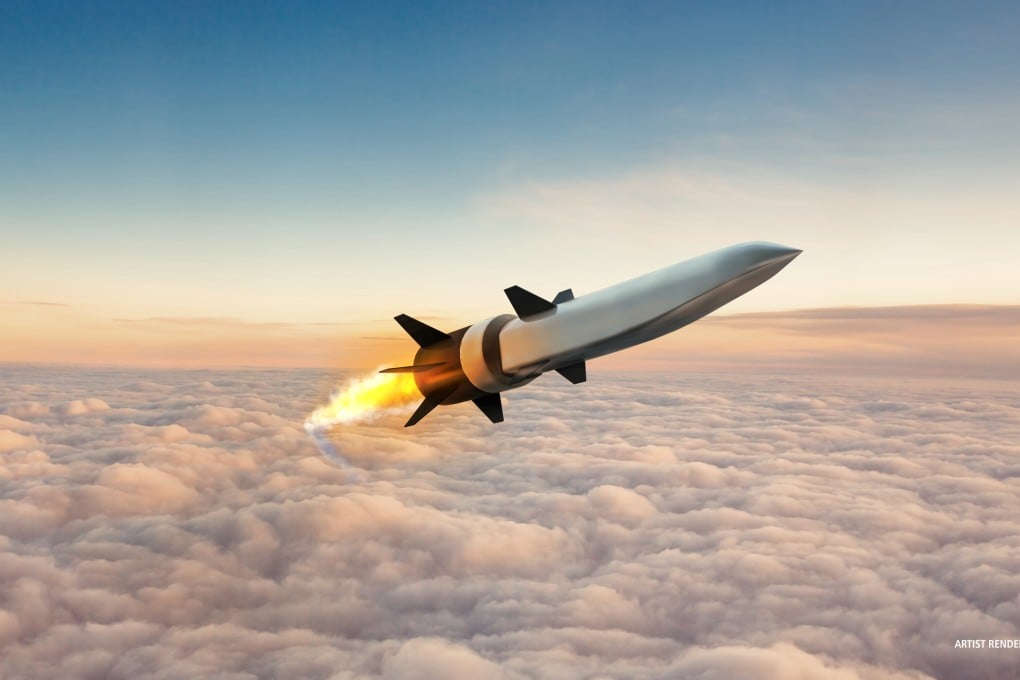Advertisement
Hypersonic ‘arms race risks military misstep’ from China, US and Russia
- Beijing denies testing a nuclear-capable superfast weapon, but Washington is already poised to increase its research spending
- With less time to analyse information, these weapons increase the chances of a military misjudgment
Reading Time:3 minutes
Why you can trust SCMP
57

Amber Wangin Beijing
The escalating race between China, the United States and Russia for hypersonic weapons raises the risk of a misjudgment which could end in military conflict, security experts warned.
Their assessment follows alarm in the US at reports that China carried out two tests of the weapons, which can travel at more than five times the speed of sound, in July and August. The Chinese foreign ministry denied the reports and said the operations were “routine test flights” aimed at recycling spacecraft to reduce exploration costs.
US Army General Mark Milley said the tests were “very concerning” and a “Sputnik moment” – recalling the pioneering 1957 satellite that gave the Soviet Union an early lead in the space race and shocked the US.
Advertisement
Gregory Hayes, chief executive of defence contractor Raytheon, said the US government was “years behind” China in developing the technology.
China tested its first hypersonic missile in 2014, while Russia joined the race in 2016 with two tests of its hypersonic glide vehicle dubbed Avangard.
Advertisement
Since then, Beijing has carried out a number of successful tests of the DF-17, a medium-range ballistic missile designed to launch hypersonic glide vehicles.
Advertisement
Select Voice
Choose your listening speed
Get through articles 2x faster
1.25x
250 WPM
Slow
Average
Fast
1.25x